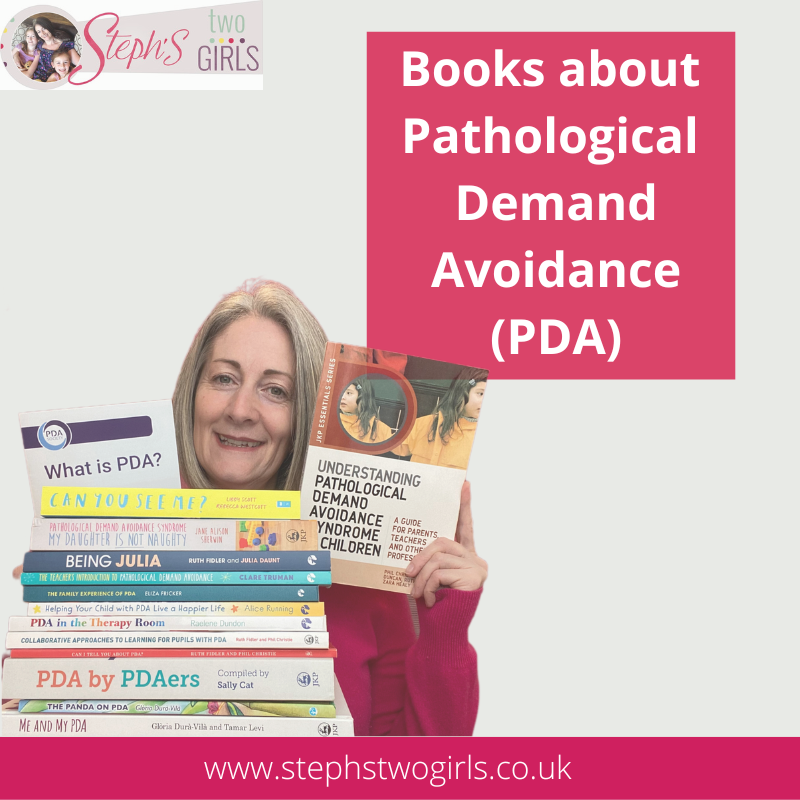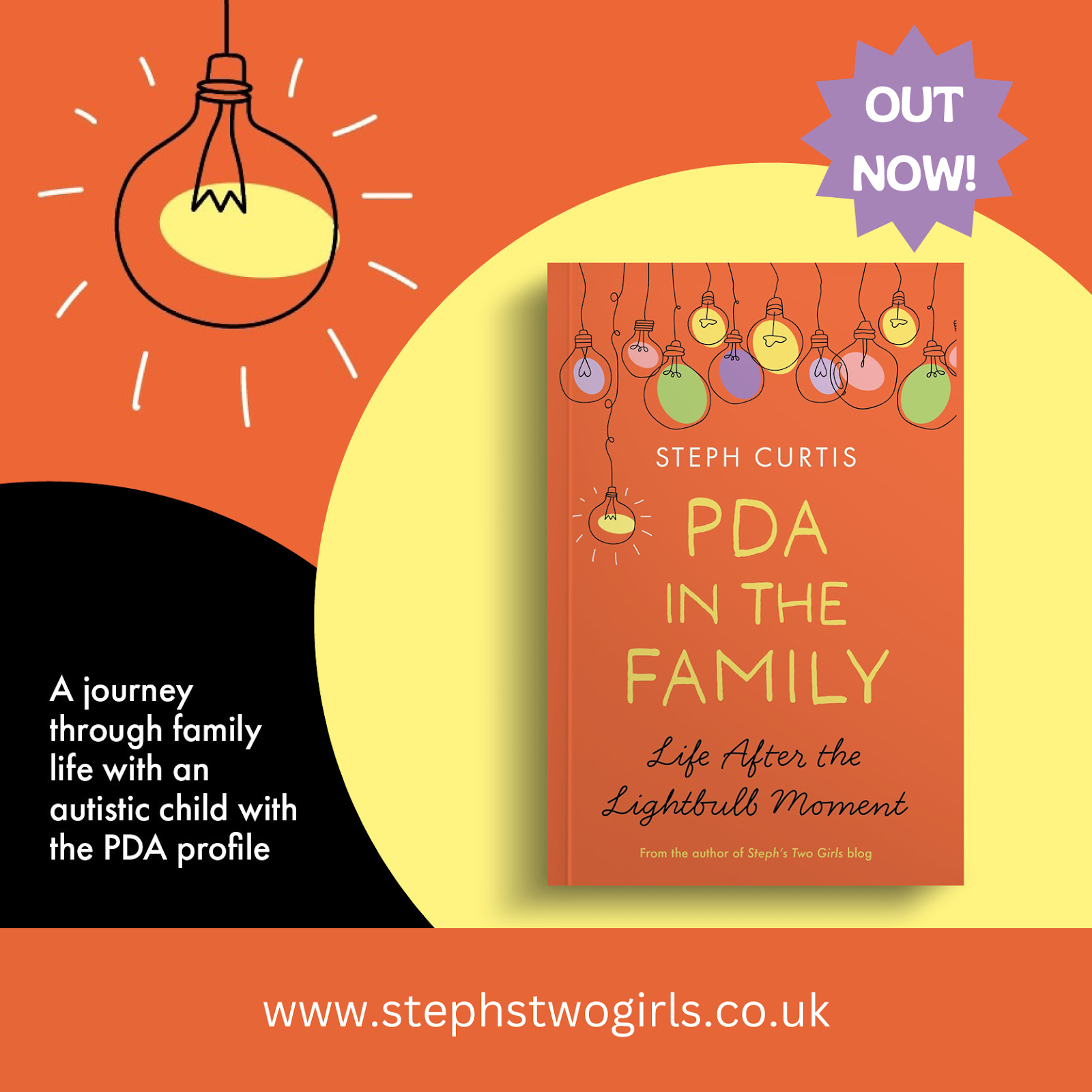Helping Your Child With PDA Live a Happier Life is written by Alice Running, autistic mum of two autistic boys. Both her boys have been assessed as fitting the criteria for Pathological Demand Avoidance and this book is packed full of insights and practical advice on how to support PDA children.
Alice begins with an introduction to Pathological Demand Avoidance, expressing it as "a permanent struggle with one's internal self, leading to automatic resistance to demands made of us." She writes about how parents of PDA children are often judged, particularly by professional, but goes on to explain how the right professionals have made a difference to her family.
I have experienced first-hand how the wrong type of environment or wrong teaching approach can disable my children in a way that their autistic minds will never do. An autistic or PDA mind is not an innate disabler, but how outside, societal interventions treat an autistic person can be extremely disabling.
Chapter 1 looks at the impact of sensory differences and pratical solutions are offered - summarised in a table according to sensory areas (as per the picture below):
Chapter 2 covers daily life, with a focus on seven main areas - anxiety, demands and control, reducing demands, screen time, routines, toolkit for tough times and life skills. Within this chapter there was a paragraph about bananas that jumped out at me, probably because bananas also feature in my upcoming book - one of the healthly foods that our daughter used to eat but which caused us much grief (more detail in my book!). There's a description of having had to open banana after banana until the perfect banana emerged; no standard parenting technique made this any easier. "Patience and silence are primary skills for a PDA parent" writes Alice and I nodded along in agreement.
Chapter 3 is about transitions and change, followed by chapter 4 which is about the art of negotiation and communication. There are pointers for how best to prepare for change and to manage expectations, and a look at what words and actions work well (or not so well). Chapter 5 discusses the challenges with education for PDA children and considers alternatives to mainstream education. It includes a section sharing some helpful strategies and adjustments for using in schools. Chapter 6 helps to unpick what is happening at times of crisis and how we can spot that:
If an environment is not designed from the outset for an autistic child’s way of being, then more time spent in that environment is to the detriment of the child. Some children express environmental discomfort in a way that professionals can understand immediately, but there are many children who either express this discomfort in a way that isn’t interpreted well by professionals, or who manage to tolerate the discomfort (possibly for lengthy periods of time) until they can no longer cope. In the adult autistic community, we talk about ‘burnout’ – the concept of struggling along, in neurotypical environments, until the toll of doing so becomes too much to bear. Autistic children suffer from burn out too.
Ideas for how to support both ourselves as parents and our PDA children are suggested in this chapter too. The final chapter gives advice on working with professionals.
Helping Your Child With PDA Live a Happier Life is a short, 120 page book which means it is a quick and easy read for those who feel they don't have much time to spare (I would guess that applies to most parents of PDA children!). Available via Jessica Kingsley Publishers and Amazon.
*This post contains affiliate links and I may receive a small commission if you click and buy. It won't cost you any extra*
Our book, PDA in the Family, is out now! We wanted to help other people understand more about Pathological Demand Avoidance and the book was one way of doing that. It's an account of our family life since the day we were told our younger daughter is autistic. It covers diagnosis, the subsequent lightbulb moment we had when we heard about PDA, education, relationships and more.























No comments:
Post a Comment
Comments are always very much appreciated and can really help the conversation go further...